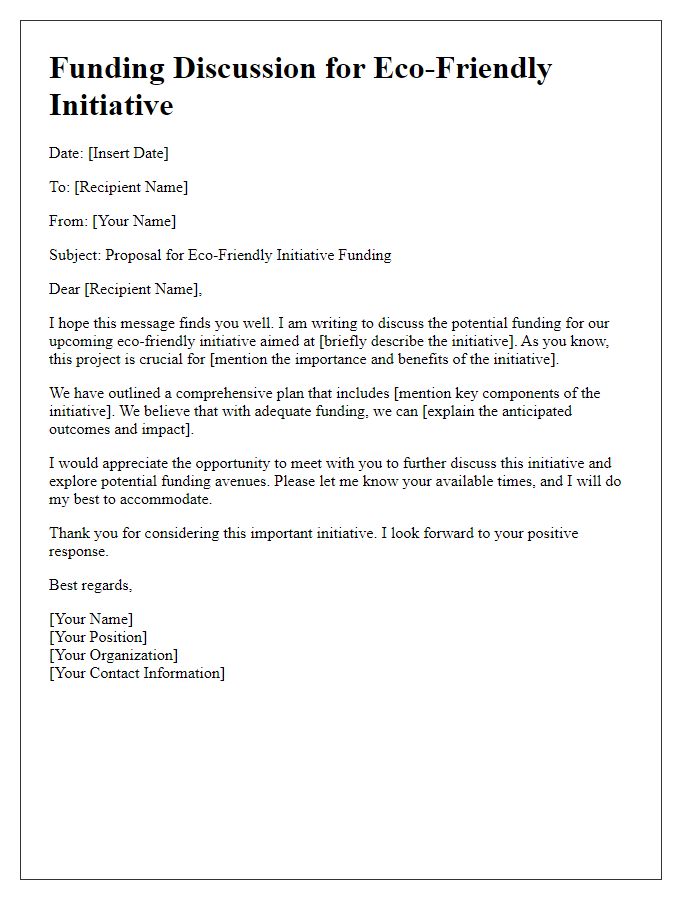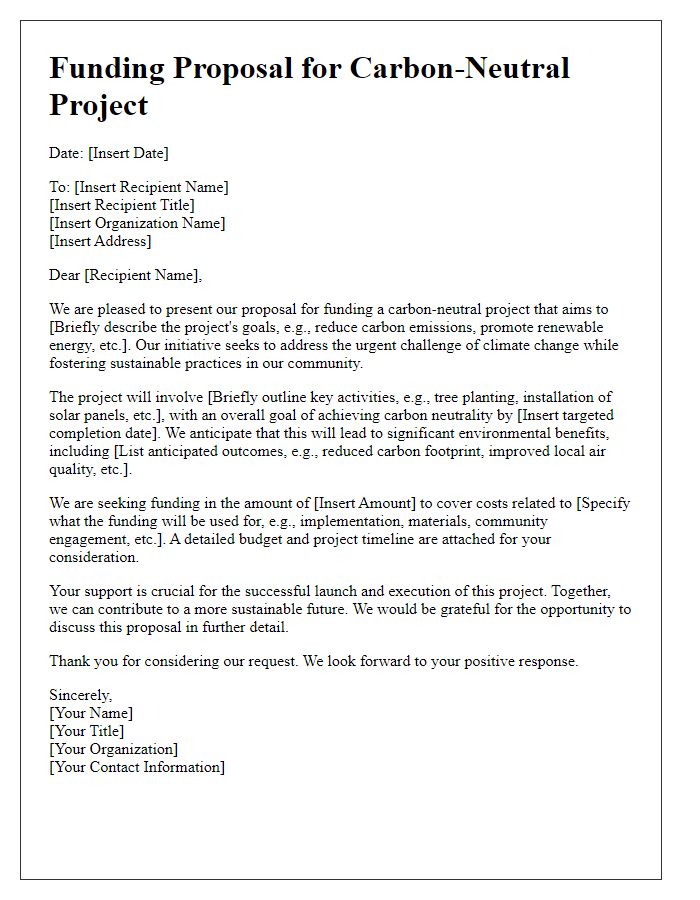Are you curious about the future of energy and how investing in renewable sources can not only benefit the environment but also yield impressive returns? In a world increasingly focused on sustainability, now is the perfect time to explore innovative investment opportunities in solar, wind, and other green technologies. By making strategic investments in renewable energy, you can play a vital role in shaping a cleaner, more sustainable future while also enhancing your portfolio. Join us as we delve deeper into the advantages and possibilities of renewable energy investments.

Project Overview and Objectives
A comprehensive renewable energy investment proposal outlines the Project Overview and Objectives essential for stakeholders evaluating feasibility and potential impact. The project aims to establish a 150-megawatt solar photovoltaic power plant located in the arid region of California's Imperial Valley, known for its high solar irradiance levels. The primary objective includes providing clean, sustainable energy to approximately 50,000 homes while reducing carbon emissions by an estimated 120,000 tons annually. The project also strives to incorporate innovative energy storage systems, enhancing grid reliability and resilience against peak load demands. Furthermore, fostering local economic growth through job creation, estimated at 300 direct construction positions and 20 permanent operational roles, demonstrates commitment to community engagement and sustainability. Overall, this initiative supports California's ambitious renewable energy goals, contributing to a greener future.
Market Analysis and Demand
The renewable energy market is experiencing unprecedented growth, fueled by increasing global awareness of climate change and the need for sustainable energy solutions. According to the International Energy Agency (IEA), global renewable energy capacity expanded by approximately 10% in 2022, with solar and wind power leading this surge, accounting for over 80% of newly installed capacity. The rise in government incentives, such as tax credits and subsidies, has bolstered investments in renewables, particularly in regions like North America and Europe. Market reports indicate that the solar power sector alone is projected to surpass a market value of $200 billion by 2025. Demand for clean energy solutions is further amplified by corporate commitments to carbon neutrality, prompting businesses to transition towards more sustainable energy sources. Areas with favorable policies, like California's ambitious Renewable Portfolio Standard, showcase a model for effective market adaptation, driving increased adoption rates among consumers and businesses alike.
Financial Projections and ROI
A well-structured renewable energy investment proposal includes detailed financial projections and return on investment (ROI) analysis. Such proposals often highlight projected cash flows generated by assets like solar panels or wind turbines over a 20-year period, encompassing maintenance costs and tax incentives. For instance, solar photovoltaic systems can yield an average ROI of 8-10% annually, depending on location (e.g., sunny regions like California) and federal incentives such as the Investment Tax Credit (ITC), which allows investors to deduct a substantial percentage of installation costs from their federal taxes. Long-term energy savings, often estimated at 20-30% compared to traditional energy sources, significantly enhance attractiveness for potential investors, while reduced carbon footprints align with global sustainability trends, potentially appealing to environmentally-conscious stakeholders.
Technological Innovation and Sustainability
Innovative renewable energy projects create opportunities for technological advancements and sustainability improvements in energy production. Solar panels, particularly those utilizing photovoltaic technology, convert sunlight directly into electricity, enhancing energy efficiency and decreasing greenhouse gas emissions. Wind turbines, which harness kinetic energy from wind patterns, significantly contribute to reducing reliance on fossil fuels, particularly in areas like the Great Plains of the United States. The integration of energy storage solutions, such as lithium-ion batteries, allows for better energy management, ensuring availability during peak demand times. Furthermore, implementing smart grid technologies optimizes electricity distribution, improving overall system reliability and resilience. Investing in these technologies can lead to substantial economic savings and foster a more sustainable future for subsequent generations.
Risk Assessment and Mitigation Strategies
The renewable energy sector, encompassing wind farms, solar parks, and hydroelectric plants, faces various risks that can impact investment viability. Market volatility, with fluctuating energy prices often influenced by factors such as global oil demand and policy changes, poses significant financial risks to projects. Infrastructure challenges in remote areas, where many renewable projects are located, can lead to increased construction and operational costs, affecting overall returns. Regulatory risks stem from evolving government policies on energy subsidies and carbon emissions, threatening project stability. To mitigate these risks, comprehensive risk assessments must be conducted, evaluating potential financial impacts and developing strategic contingency plans. Engaging with local stakeholders can enhance community support, while diversifying energy sources may reduce dependency on single technologies, ensuring consistent energy production and financial performance. Furthermore, securing insurance coverage and establishing fixed-price contracts can shield investors from unforeseen market fluctuations. A proactive approach, coupled with robust financial modeling, will enhance investor confidence and promote sustainable growth in the renewable energy landscape.













Comments